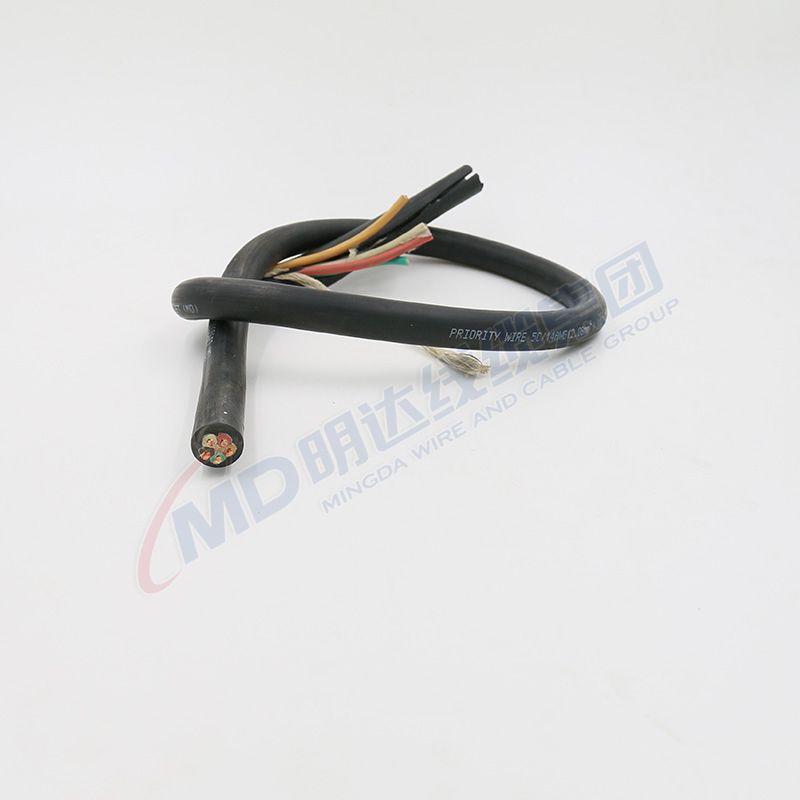نويابىر . 19, 2024 02:23 Back to list
butterfly valve flange end
Understanding Butterfly Valve Flange End A Comprehensive Overview
In industrial applications where fluid control is critical, the butterfly valve is a widely used component, especially notable for its efficiency and reliability. A significant aspect of butterfly valves is their flange end connection, which contributes to their performance and ease of installation. In this article, we delve into the characteristics, advantages, assembly considerations, and applications of butterfly valves with flange ends.
What is a Butterfly Valve?
A butterfly valve is a quarter-turn rotational valve that uses a disc to regulate the flow of fluids. The structure consists of a rotating disk that allows or restricts flow when turned within a pipe. Typically used in large diameter pipes, butterfly valves are popular due to their simple design, compact size, and quick operation.
Flange End Connection
The flange end connection is a method of attaching the valve to a pipeline using flanges, which are flat surfaces with holes for bolts. This connection type is critical for ensuring a secure and leak-proof seal between the butterfly valve and the piping system. Flanged butterfly valves are designed according to various standards, including ANSI, DIN, and JIS, which dictate the dimensions and pressure ratings suitable for different applications.
Advantages of Butterfly Valve with Flange Ends
1. Space Efficiency Flanged butterfly valves require less space than traditional gate or globe valves, making them suitable for compact installations.
2. Ease of Installation The flange end design allows for quick and straightforward installation. Bolting the valve to the pipeline minimizes the need for additional fittings or supports.
3. Cost-Effectiveness Compared to other valve types, butterfly valves often offer a lower initial cost and reduced maintenance expenses due to fewer moving parts.
4. Versatile Applications These valves are suitable for various media, including water, slurry, and gases, making them versatile for different industries such as water treatment, oil and gas, and chemical processing.
5. Smooth Operation The quarter-turn operation of the butterfly valve provides quick actuation, which is essential for processes requiring rapid flow adjustments.
Assembly and Installation Considerations
butterfly valve flange end

When installing a butterfly valve with flange ends, several factors should be taken into account
1. Alignment Ensure proper alignment between the valve and the pipeline flanges to prevent stress and uneven wear.
2. Gasketing Use appropriate gasket materials compatible with the fluid being handled to ensure a tight seal and avoid leaks.
3. Bolt Tightening Bolts should be tightened in a star pattern to ensure even distribution of pressure across the flange, which helps prevent distortion or damage to the valve or pipes.
4. Torque Specifications Adhere to manufacturer-recommended torque specifications to avoid over-tightening, which can lead to flange warping or damage.
5. Accessibility Consider the valve’s location for maintenance purposes; ensuring access for future servicing can save time and effort later.
Applications of Flanged Butterfly Valves
Flanged butterfly valves find application across various sectors
- Water Supply and Distribution Used in municipal water supply systems to control flow and pressure. - Wastewater Treatment Ideal for handling corrosive and abrasive fluids in treatment plants. - Chemical Industry Useful for controlling the flow of various chemicals due to their compatibility with diverse materials.
- HVAC Systems Employed in heating, ventilation, and air conditioning systems to regulate airflow and pressure.
- Power Generation Used in cooling water systems and other applications within thermal and nuclear power plants.
Conclusion
The butterfly valve with a flange end connection is a critical component in fluid control systems across numerous industries. Its advantages, including ease of installation, compact design, and versatility, make it a preferred choice for engineers and plant operators alike. With a thorough understanding of its features, assembly requirements, and applications, one can appreciate the role of flange-ended butterfly valves in enhancing system efficiency and reliability. As industries continue to evolve, the demand for efficient flow control solutions will likely maintain the relevance of butterfly valves in modern engineering.
Share